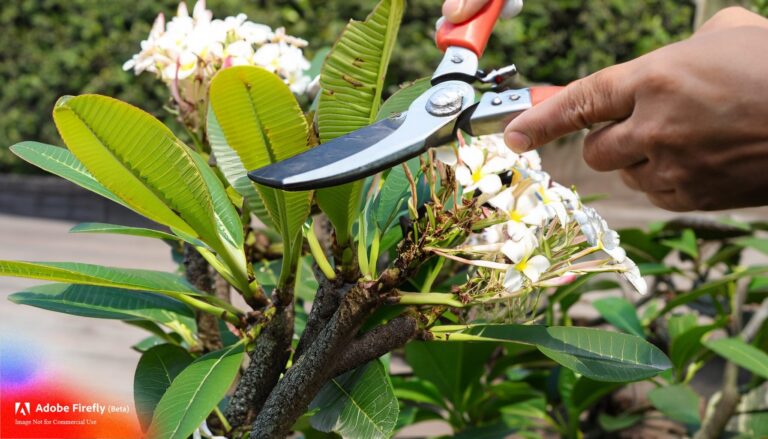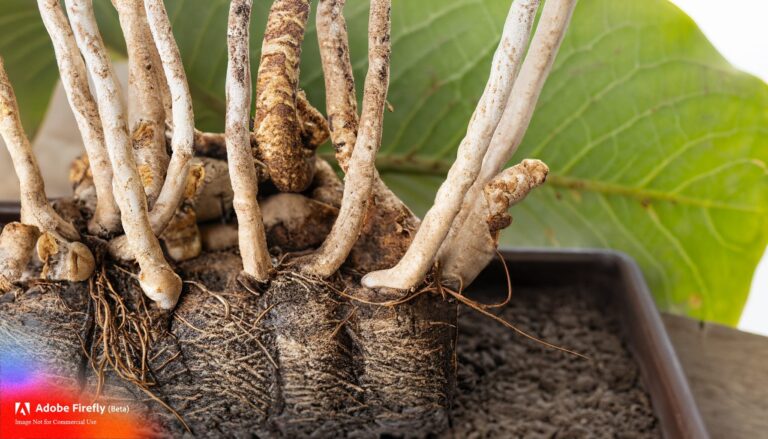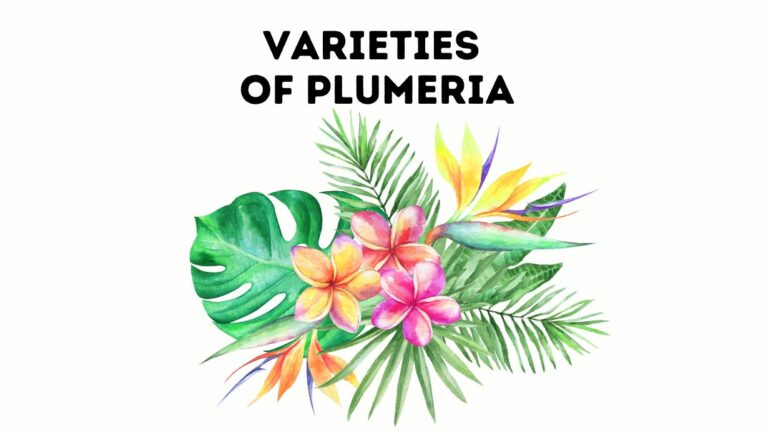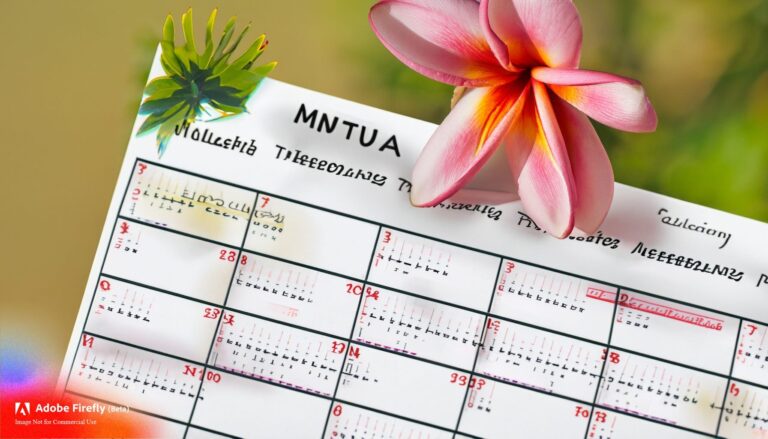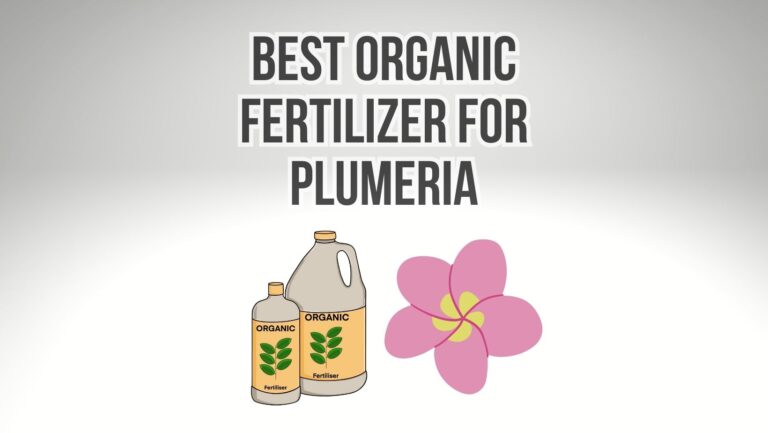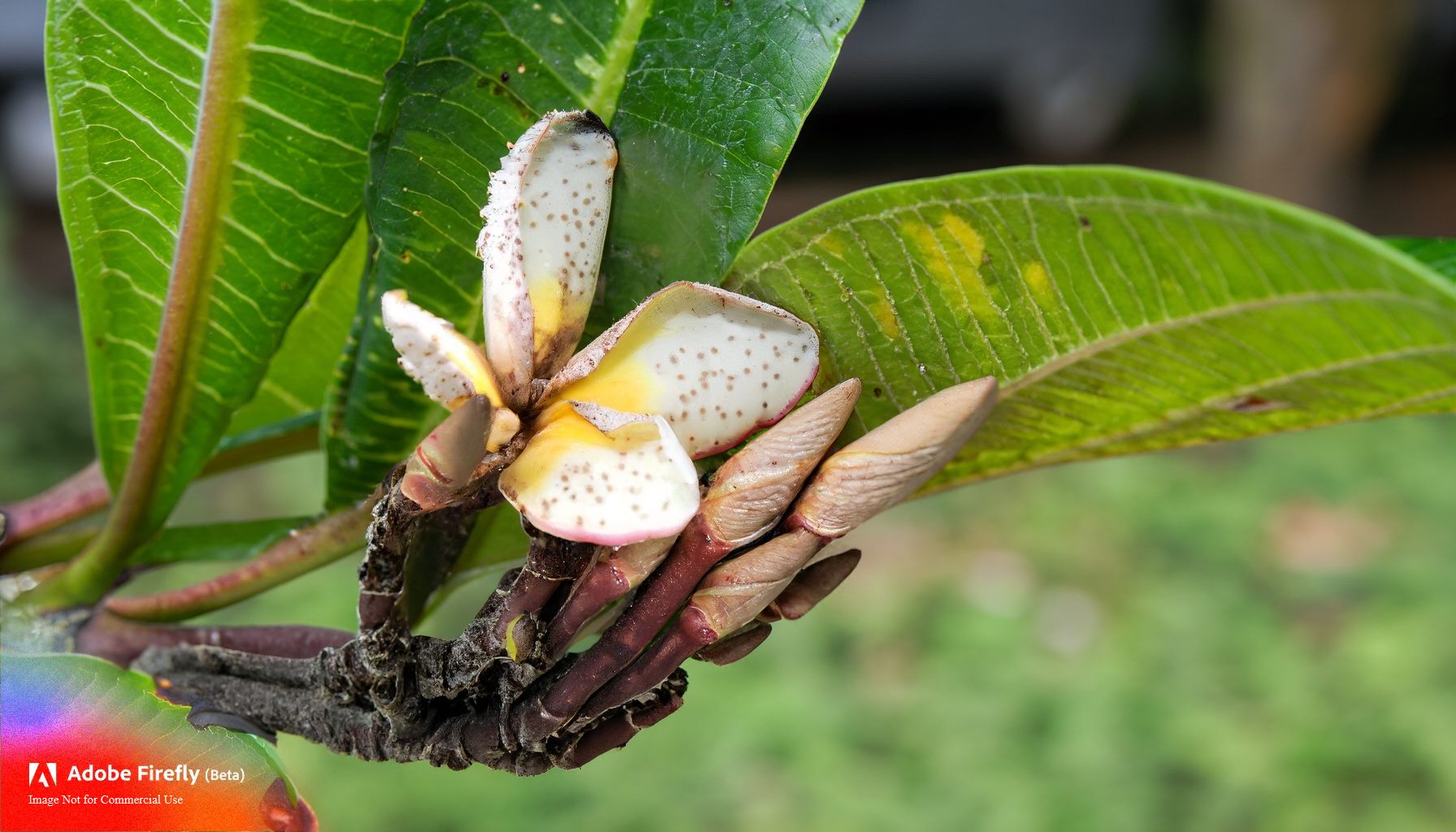
Plumerias, with their vibrant colors and intoxicating fragrance, are a favorite among garden enthusiasts. However, like all plants, plumerias are susceptible to various pests that can compromise their health and beauty. To maintain the allure of these tropical beauties, it’s crucial to implement effective pest management strategies. Integrated Pest Management (IPM) offers a holistic and sustainable approach that minimizes the use of harmful chemicals while promoting the health of your plumerias. In this article, we’ll explore common pests that affect plumerias and delve into the principles of Integrated Pest Management.
Common Pests Affecting Plumerias:
1. Aphids: Aphids are tiny insects that feed on plant sap, causing curling and distortion of leaves. They can multiply rapidly and secrete honeydew, which attracts sooty mold.
2. Spider Mites: These minuscule pests pierce leaf cells and suck out the contents, leading to stippling and webbing. Infestations can weaken the plant and result in leaf drop.
3. Mealybugs: Mealybugs are soft-bodied insects that appear as cottony masses on leaves and stems. They feed on plant sap and weaken the plant, often leading to stunted growth.
4. Scale Insects: Scale insects attach to leaves and stems, sucking plant juices and causing yellowing, wilting, and stunted growth. They can also secrete honeydew.
5. Whiteflies: Whiteflies are small, winged insects that suck plant juices and weaken the plant. Their feeding can lead to yellowing, wilting, and the transmission of plant viruses.
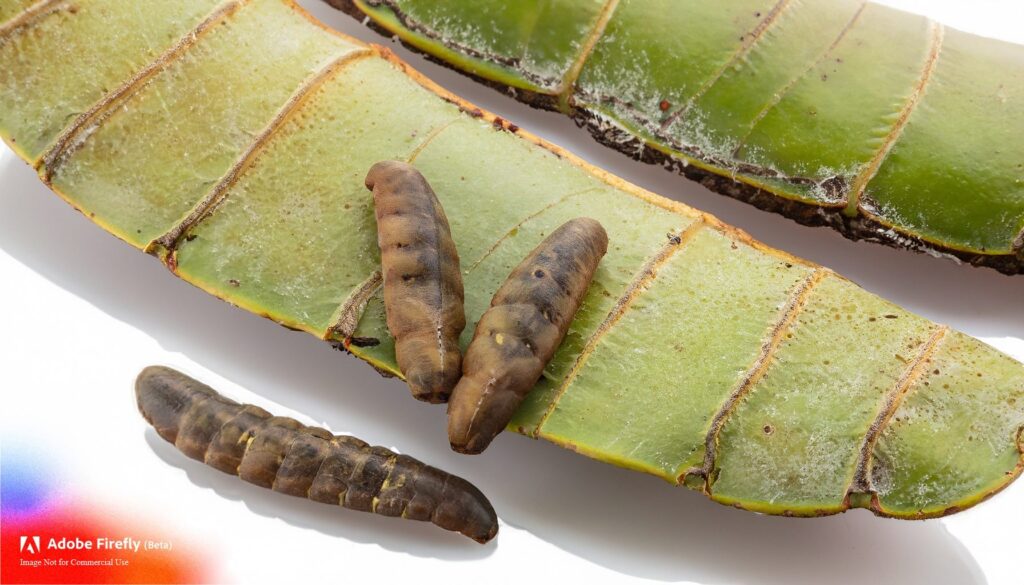
Integrated Pest Management (IPM):
IPM is a holistic approach to pest management that emphasizes prevention, monitoring, and a combination of environmentally friendly strategies to control pests. It aims to minimize the use of synthetic pesticides and prioritize the overall health of plants and the ecosystem. The following are the key components of IPM:
1. Prevention:
- Choose pest-resistant varieties when selecting plumeria cultivars.
- Provide optimal growing conditions, including proper sunlight, watering, and soil drainage.
- Practice good sanitation by removing fallen leaves and debris that can harbor pests.
2. Monitoring:
- Regularly inspect plumerias for signs of pests, including distorted leaves, discoloration, and the presence of insects.
- Use yellow sticky traps to monitor and trap flying pests like whiteflies.
3. Cultural Practices:
- Encourage natural predators like ladybugs, lacewings, and predatory mites that feed on pests.
- Attract insect-eating birds to your garden by providing feeders and baths.
4. Mechanical Control:
- Prune infested plant parts to prevent pest spread and to improve airflow within the plant.
- Use a strong stream of water to dislodge pests like aphids and spider mites from leaves.
5. Biological Control:
- Introduce beneficial insects like ladybugs and predatory mites to control pest populations naturally.
- Release parasitic wasps that lay eggs inside pests, effectively reducing their numbers.
6. Horticultural Oils and Soaps:
- Apply neem oil or insecticidal soap to suffocate soft-bodied pests like mealybugs and aphids.
- Ensure thorough coverage of leaves and stems to maximize effectiveness.
7. Neem Oil:
- Neem oil is a natural insecticide and fungicide that disrupts the life cycle of pests and prevents them from reproducing.
8. Organic Sprays:
- Create homemade sprays using ingredients like garlic, onion, and chili peppers to deter pests.
- Test a small portion of the plant before applying to ensure there are no adverse effects.
9. Neem Cake and Horticultural Cornmeal:
- These organic amendments can be added to the soil to deter pests like fungus gnats and root-feeding nematodes.
10. Cultural Timing:
- Prune plumerias during the dormant season to remove overwintering pests and eggs.
- Time fertilization and irrigation to avoid creating conditions favorable for pest outbreaks.
Conclusion:
Integrated Pest Management offers a comprehensive and sustainable approach to managing pests in plumerias and other plants. By combining prevention, monitoring, cultural practices, biological controls, and targeted interventions, gardeners can maintain healthy plumerias while minimizing the use of harmful chemicals. Understanding the life cycles and habits of common plumeria pests is essential for effective pest management. By implementing IPM strategies, you can enjoy the vibrant beauty of your plumerias while nurturing a balanced and thriving garden ecosystem.

